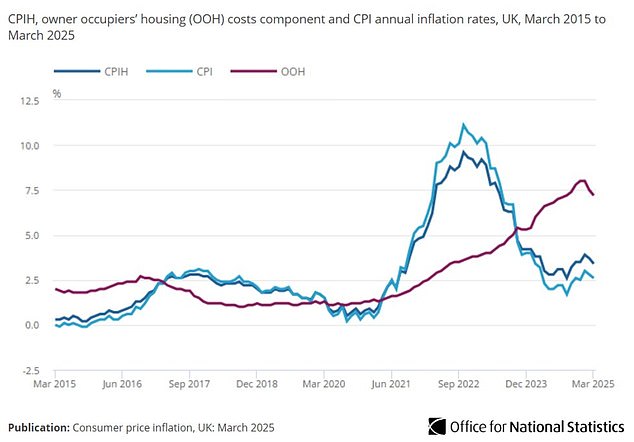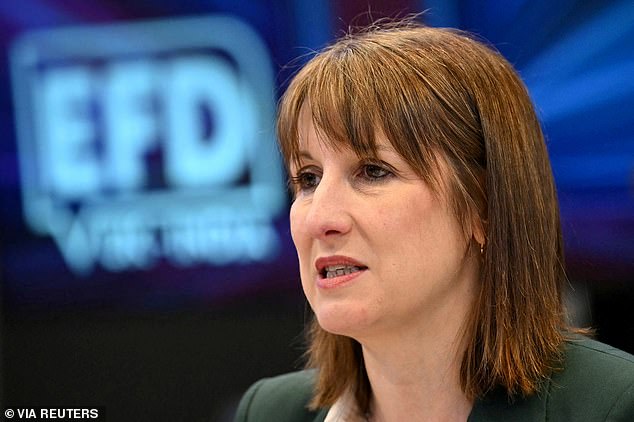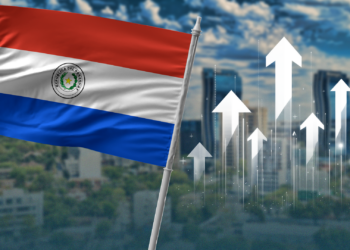Rachel Reeves was handed a respite today as inflation came in slightly lower than expected.
Headline CPI was 2.6 per cent in March, down from 2.8 per cent in February and better than the 2.7 per cent analysts had pencilled in.
It could give the Bank of England more cover to cut interest rates next month, in a boon for hard-pressed mortgage-payers.
The Chancellor welcomed ‘encouraging signs’, pointing to improved economic data.
However, experts are warning that prices are set to gather pace again, with pain from energy bills, Labour’s Budget and Donald Trump‘s trade war still to feed through.
ONS Chief Economist Grant Fitzner said: ‘Inflation eased again in March, driven by a variety of factors including falling fuel prices and unchanged food costs compared with the price rises we saw this time last year.

Headline CPI was 2.6 per cent in March, down from 2.8 per cent in February and better than the 2.7 per cent analysts had pencilled in

Rachel Reeves was handed a respite today as inflation came in slightly lower than expected
‘The only significant offset came from the price of clothes, which rose strongly this month, following the unusual decrease in February.’
It represents a second consecutive month that the annual rate of inflation has eased.
However, the level remains above the 2 per cent target set by the Bank of England.
Threadneedle Street has said inflation is likely to increase through this year and peak at around 3.7 per cent later this summer.
Today’s figure is the last inflation reading the Bank’s monetary policy committee will get before they vote on whether to reduce interest rates – currently sitting at 4.5 per cent – at their meeting next month.
Core CPI – excluding energy, food, alcohol and tobacco – rose by 3.4 per cent in the 12 months to March, down from 3.5 per cent in the year to February.
The CPI goods annual rate edged back from 0.8 per cent to 0.6 per cent, while the CPI services annual rate slowed from 5 per cent to 4.7 per cent.
Ms Reeves said: ‘Inflation falling for two months in a row, wages growing faster than prices and positive growth figures are encouraging signs that our Plan for Change is working, but there is more to be done.
‘I know many families are still struggling with the cost of living and this is an anxious time because of a changing world.
‘That is why the Government has boosted pay for three million people by increasing the minimum wage, frozen fuel duty and begun rolling out free breakfast clubs in primary schools.’

Suren Thiru, Economics Director at ICAEW, said: ‘March’s inflation drop is only a temporary reprieve as a hefty increase is nailed on for April, with rising energy bills and surging business costs, including higher national insurance, likely to lift inflation to around 3.5 per cent.
‘While services inflation remains strong, loosening labour market conditions and a flagging economy should eventually put it on a downward trajectory, despite the likely upward momentum from the national living wage increase.
‘US tariffs have added notable complexity to the UK’s inflation outlook as, while costs for businesses may rise, prices for goods from countries such as China could fall as they seek to compete in alternative markets to the US.
‘Though these figures will boost the case for a May interest rate cut, the Monetary Policy Committee may want to get a better handle of the impact of this global financial volatility before triggering another policy loosening.’







